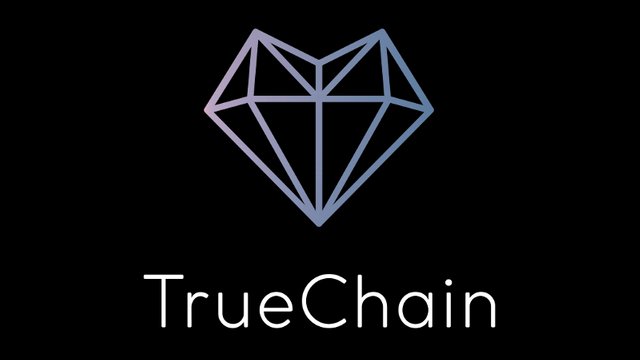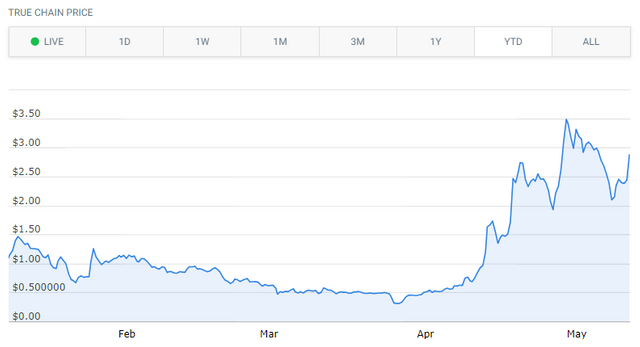TrueChain: A Hybrid Consensus Public Blockchain
Cryptocurrencies and blockchain technology have become increasingly popular within a host of industrial and academic sectors within the past couple of years. In its most basic sense, a blockchain can be thought of as a shared computing environment that allows peers to join and leave freely via the use of a commonly agreed consensus protocol.
However, it is worth noting that many of the earlier cryptocurrencies, like Bitcoin and Ethereum, have been plagued with issues of scalability. For example, the ETH network has been widely recognized as being highly energy intensive as well as possessing poor transaction speeds — the latter being essential for continued blockchain development.
TrueChain plans to create a public-chain that will help in the seamless deployment of commercial decentralized applications. The platform is based on a hybrid consensus mechanism that provides high-speed point-to-point communication, value transfer, and easy smart contract use.
The integrated hybrid consensus mechanism combines the power of proof-of-work (POW) with practical Byzantine fault tolerance (PBFT), thus fostering a high level of decentralization while improving internal transaction efficiency as much as possible.
Interested in True Chain? Here’s a quick rundown of the project:
Platform & Development
 TrueChain
TrueChain
In short, the strength of TrueChain lies in its ability to be used for large-scale commercial applications such as e-commerce, instant messaging and bilateral trading. While the communication complexity of PBFT narrows the participating nodes and keeps them in very limited range, the POW protocol ensures that the system can accept unlimited nodes — ensuring a high-level of scalability.
Importantly, TrueChain ensures the timely recording of user transactions securely on a public chain. The platform makes use of PBFT backbone nodes which are able to support 10,000-100,000 transactions per second. Additionally, TrueChain ensures that the communication chain is not blocked while multiple smart contracts or commercial applications are interacting with the ecosystem at the same time. This helps maintain an accurate, chronological ledger records.
Irrespective of whether the platform is in its initial test deployment phase or on its future main network — Stellar — TrueChain as a service will always remain free of charge for interested users.
Lastly, TrueChain serves as a BaaS platform where developers can test, verify and deploy smart contracts. Similarly, operation managers can also monitor, access, manage smart contracts on-chain, thus allowing for a high degree of overall operability and native work efficiency.
Team
 TrueChain
TrueChain
TrueChain is backed by industry professionals like Archit Sharma, the person responsible for engineering the technological framework of this platform. He has previously worked at CERN — the European organization probing into the fundamental structure of the universe — and has also engaged in large-scale cloud service and distributed system design for companies like Red Hat.
Other key members of the team include CEO Eric Zhang and Felix Cai Chen, who is responsible for product development and deployment.
Token Financials
TrueChain (TRUE) currently has a market cap of $129 million. In all, a total of 100,000,000 native tokens have been minted and 46,448,735 TRUE are currently in circulation.
First listed in January, TRUE recently hit an all-time high, reaching an impressive $3.50 per token on May 14. However, since then, the price has retreated and currently stands at $2.89.
Final Take
TrueChain delivers its customer base with a highly decentralized public-chain platform that is fully integratable with cross-chain transaction protocols. Also, with its native currency surging and reaching new value high's earlier this month, it seems as though things can only continue to keep looking up for this project.



Coins mentioned in post: